What is a drag brake? Configuring an ESC for RC Crawling
You might have read that your RC Crawler has a drag brake, but what is it and what does it do? As part of a series of articles looking into the jargon of the RC world, we attempt to explain what a drag brake is, explain the basics of how they work, show what they can be used for and provide an example of how they can be configured.
What is a drag brake?
A drag brake could be considered a control aide. It activates when the throttle position on the transmitter is at neutral, slowing down the vehicle, or even holding it in position/
How does it slow the model down?
Modern RC models rarely feature physical braking mechanisms like you would see in a ‘real’ full size car. Instead a braking force is ‘applied’ to the transmission by changing how the electricity is supplied to the motor.
What is it used for?
Available on most midrange (and above) speed controllers, drag brakes are useful in many different situations. Some racers enable the drag brake on their road car chassis to help improve turn-in, when cornering on twisty tracks. Off-road racers can use it to assist with ‘in-air’ front-to-back balance after launching off of a large jump.
 |
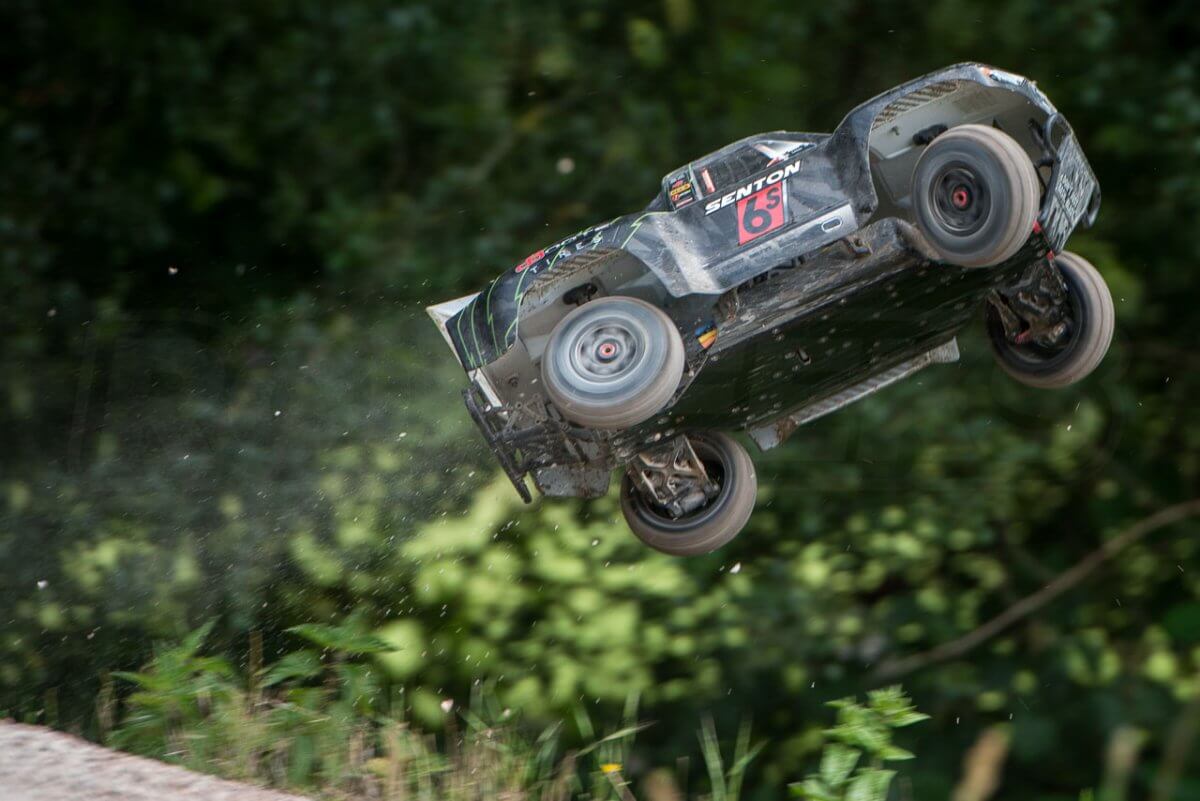 |
We find drag brakes especially useful when driving our AWD RC Crawlers. They can act in a ‘hill hold’ function to stop the vehicle rolling away down a hill as soon as you come off of the throttle. They are ideal for avoiding penalties from rolling back in crawling competition that allow their use. We also regularly use a ‘full’ (100%) drag brake setting for posing the vehicle on steep inclines/climbs when single-handedly taking photos for our reviews.
 |
 |
Configuring a drag brake
Drag brakes are a function of the electronic speed controller and thus are configured on said ESC. This is typically achieved in one of two ways:
Simple : Jumper
Many, more basic brushed ESC’s are configured by a series of jumpers on top of the unit. Commonly they feature an battery chemistry ‘switch’ between NiMH and LiPo, but many units fitted to RC crawlers have another for drag brake strength. These are limited in their adjustability but are very quick to switch ‘in the field’.
Axial Racing’s AE-5 ESC has a simple jumper switch that can switch between 50% and 100% drag brake. HPI Racing’s SC-3s WP3 fitted to the Venture chassis has a jumper for 100%80%/Off drag brake setting.
 |
 |
Complex : Programming
For greater refinement, look to programmable electronic speed controllers for more precise adjustment. Hobbywing’s Quicrun crawler ESC’s is such an example, offering brake force adjustments in 12.5% increments. Following the instructions and using the ‘set’ button (found on the power button breakout box) in a series of complex taps or ‘holds’, will allow you to adjust it from ‘off’ right up to ‘100% force’. An optional programming card can connect to the pins alongside the heatsink that can make this process a lot easier. Other Hobbywing ESC’s can even be fitted with a bluetooth adaptor that will allow remote adjustment via your laptop or smartphone!
Crawler specific ESC's
Note that there are limitations to the power and holding capability of the drag brake. The weight of the vehicle, the drivetrain (it only affects driven wheels) the strength of the motor magnets and the overall condition of the motor. On top of this, as we have touched on, differing ESC’s have different ‘strength’ settings for level/ferocity of drake brake setting.
Traxxas’ XL5HV is fitted to the TRX-4 and TRX-6 chassis. Instead of individual adjustments, Traxxas have pre-programmed the ESC with profiles such as Sport, Race, Training, Trail and Crawling. This last mode provides 100% forward throttle, Hill Hold Brakes at Neutral and immediate reverse. Modes can be adjusted via the EZ-set button and do not require a programming card.
 |
 |
As mentioned Axial Racing’s AE-5 and HPI Racing’s SC-3s WP3 are both crawler specific. Hobbywing’s QuicRun Waterproof 1080 is a fantastic inexpensive brushed ESC with plenty of drag brake options. Carisma’s ARC-2 brushed ESC is also worth a look with its fully-programmable drag brake with a dedicated descent control mode.
Where can I buy an ESC with a drag brake?
Whilst many ESC’s feature a drag brake setting, few have the flexibility you might want for a crawler. Our go-to budget brushless ESC the Absima Thurst A10 ECO has a maximum set value of 40% for drag brake, as does the Etronix Photon. Instead look at Traxxas’ XL5HV for an affordable brushed model.
As said more advanced, more powerful speed controllers offer more gradual refinement, Hobbywing’s Ezrun Max5-v3 is an excellent example of this, with 9 different ‘force’ settings. We are expanding our range of electronic speed controllers all the time, browse them on our site here.
RC Geeks : RC Nerds
This is part of a series of primer articles introducing RC terms. Interested in learning more? Read our introduction to transmitters, our battery introduction, a brief explanation of brushless RC cars, explanation on charging batteries, what is an ESC, alongside plenty of other tutorial articles. If you found this article helpful, or more importantly, noticed any errors, please leave a comment below.
-

-

-

-

-
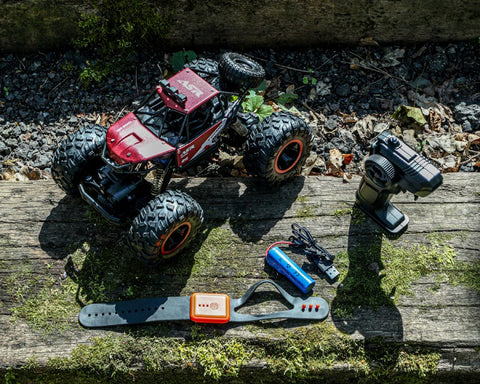
-

-

-

-
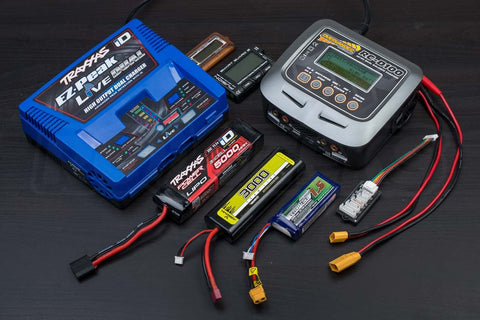
-
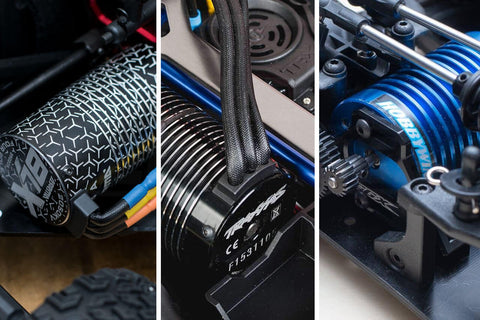
-

-

-

-

-

-

-

-

-

-

-

-
 reviews
reviewsAxial SCX10 II Jeep Cherokee Scale Crawler Review : Does it live up to its reputa...
Tom Begley | -

-

-

-

-

-

-

-

-

-

-

-

-

-

-
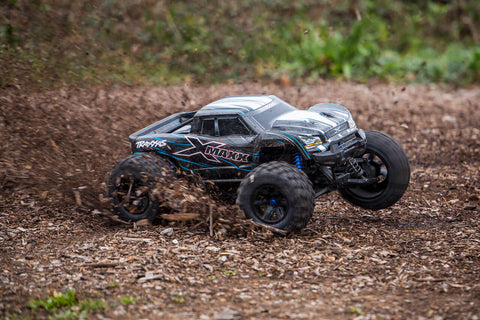
-
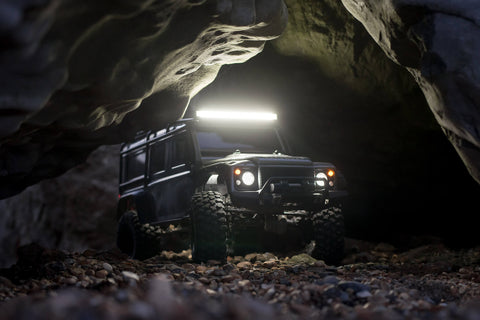
-

-

-

-

-

-

-
 tutorial
tutorialMavic 2 & DJI Goggles : The ultimate pairing in filming, inspections & surveys
Tom Begley | -

-

-

-

-

-

-

-

-

-

-

-

-

-

-

-

-

-

-
 reviews
reviewsFrSKY's Taranis Q X7 Transmitter - A budget alternative to the Taranis Plus X9D?
Tom Begley | -

-

-

-

-

-

-

-

-

-

-

-

-

-

-

-

-

-

-

-

-

-

-

-

-

-

-

-

-

-

-

-

-

-

-

-

-

-

-

-

-

-

-












































































































